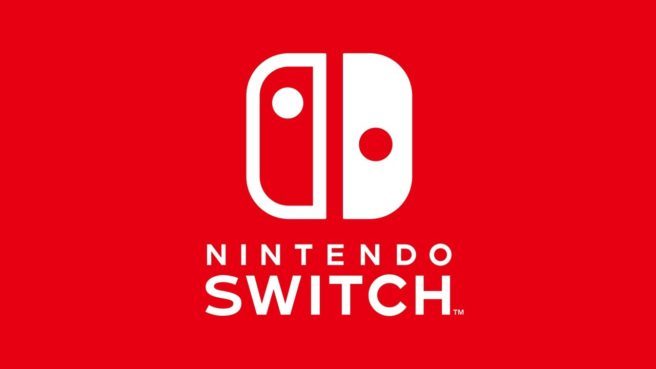Nintendo on Switch’s strengths and maximizing life cycle
Nintendo’s 80th Annual General Meeting of Shareholders, which was held a few days ago, brought about one question regarding the company’s next system. President Shuntaro Furukawa and Ko Shiota (director, senior executive officer) naturally didn’t have much to say, and decided to speak about Switch instead.
Furukawa mentioned that Switch’s momentum is increasing thanks to the existence of the regular Switch and Switch Lite as well as having all development focused on a single platform. Ultimately, Nintendo hopes to “extend the life cycle of Nintendo Switch while maximizing such advantages.”
Shiota mentioned that being able to play games on a TV or the actual Switch screen allows users to experience a great increase in “the opportunities for gameplay in various scenes in their lives”. Nintendo has “made many discoveries about where a dedicated video game platform can fit into a consumer’s daily life,” and plans to “utilize these experiences in carefully considering the form our future game consoles will take.”
Here are the full comments from Furukawa and Shiota:
Furukawa: Our current generation game system, Nintendo Switch, has entered its fourth year since launch, but its momentum is increasing. We believe there are two factors behind this. First is the existence of two hardware configurations with different characteristics, in Nintendo Switch and Nintendo Switch Lite. The second factor is that Nintendo’s development resources are concentrated on developing content for a single platform, Nintendo Switch. We want to extend the life cycle of Nintendo Switch while maximizing such advantages.
Shiota: In addition to the performance aspects (higher technical specifications), Nintendo’s dedicated video game platforms are developed with a focus on providing a comfortable environment for consumers to play fun software. From the perspective of playing with the image displayed on a TV we believe that because consumers can play Nintendo Switch on a TV or the game console screen itself, it has greatly increased the opportunities for gameplay in various scenes in their lives, compared to previous consoles. Through Nintendo Switch, we’ve made many discoveries about where a dedicated video game platform can fit into a consumer’s daily life. We see scenes on social media of children and their families sitting around a game console to play, which gives us a renewed sense of the value of our dedicated video game platform. We will utilize these experiences in carefully considering the form our future game consoles will take.
